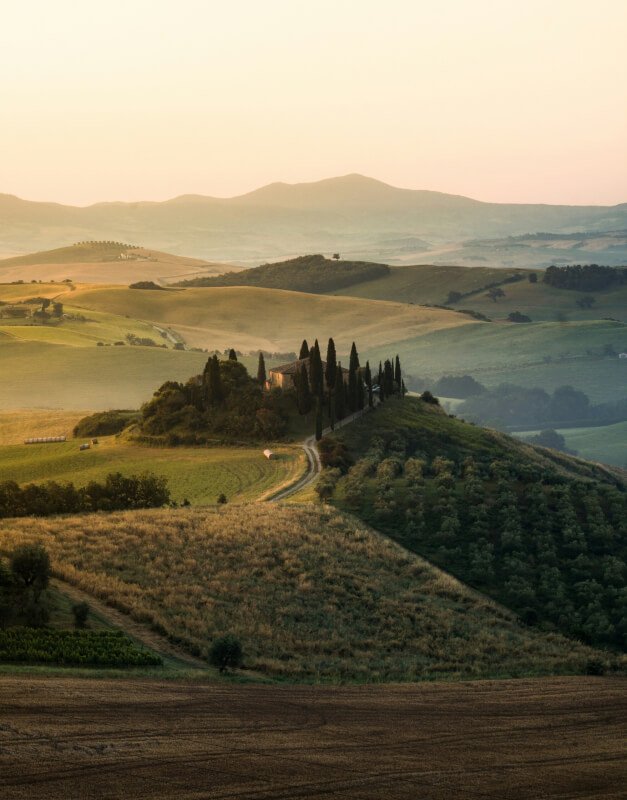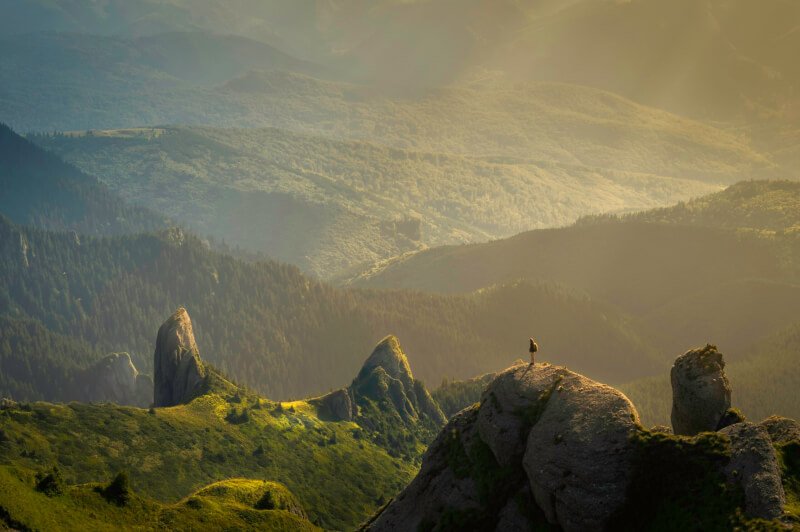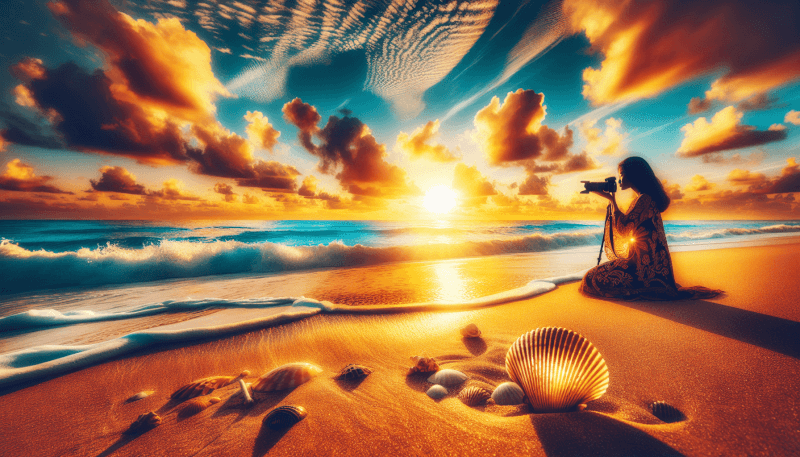Imagine yourself strolling along the beautiful sandy beaches of Florida, with the sound of waves crashing against the shore and the sun gently kissing your skin. Now picture yourself capturing these picturesque moments with professional photography skills. Exciting, isn’t it? Well, look no further because beach photography workshops in Florida offer you the chance to enhance your photography skills while enjoying the stunning coastal scenery. Whether you’re a beginner or an experienced photographer, these workshops are designed to inspire and educate, providing you with the tools and techniques needed to capture the natural beauty of the beach in all its glory. So grab your camera, soak up the sun, and let the Florida beaches be your canvas.

Choosing the Perfect Workshop
When it comes to honing your photography skills, attending a beach photography workshop can be a fantastic opportunity. But with numerous options available, how do you go about choosing the perfect one? Fear not, because we’ve got you covered. Here are some factors to consider to ensure you make the right choice.
Researching Available Workshops
Start by researching the various beach photography workshops available in your desired location. Look for workshops that specifically cater to photographers of all skill levels, as these will provide a more tailored experience. Take the time to read through the workshop descriptions and take note of what each one offers. Look for workshops that not only focus on technical skills but also provide guidance on composition, lighting, and post-processing.
Considering Workshop Dates
Once you have a list of potential workshops, consider the dates they are offered. Look for workshops that align with your schedule and allow you ample time to fully immerse yourself in the learning experience. Keep in mind that workshops offered during the summer months may be more crowded, so if you prefer a more intimate setting, consider attending during the shoulder seasons.
Reading Reviews and Testimonials
Before committing to a workshop, be sure to read reviews and testimonials from past participants. This will give you insight into the experiences of others and help you gauge the quality of the workshop. Look for workshops that have consistently positive feedback, as this is a good indication that they are reputable and provide a valuable learning experience.
Popular Locations for Beach Photography Workshops
When it comes to beach photography workshops, certain locations are known for being particularly picturesque and ideal for capturing stunning images. Here are three popular locations in Florida that offer breathtaking backdrops for your photography adventures.
Miami Beach
Known for its vibrant art scene and glamorous atmosphere, Miami Beach is a favorite destination for photographers. The iconic Art Deco architecture, colorful lifeguard stands, and pristine white sand make Miami Beach a paradise for beach photographers. Join a workshop here, and you’ll have endless opportunities to capture stunning images while immersing yourself in the lively Miami culture.
The Florida Keys
For those seeking a more laid-back and tropical setting, the Florida Keys is the perfect location for a beach photography workshop. With its crystal-clear turquoise waters, picturesque palm trees, and charming pastel-hued houses, the Keys offer a unique and dreamy backdrop for your shots. Join a workshop here, and you’ll have the chance to explore different islands and capture the essence of this tropical paradise.
Destin
If you’re looking for a destination with pristine white sand beaches and breathtaking sunsets, look no further than Destin. Located on the Emerald Coast of Florida, Destin is known for its stunning coastline and vibrant teal-colored waters. Joining a beach photography workshop here will give you the opportunity to photograph the dramatic landscapes, capture the beauty of seashells, and witness the magic of the sun setting over the Gulf of Mexico.
What to Expect at a Beach Photography Workshop
Attending a beach photography workshop is not just about taking stunning photos; it’s also about gaining knowledge and refining your skills. Here is what you can expect when you sign up for a beach photography workshop.
Instruction from Professional Photographers
One of the highlights of attending a workshop is the opportunity to receive guidance from professional photographers who have mastered the art of beach photography. These experienced instructors will share their knowledge, techniques, and insights, providing invaluable guidance on how to capture stunning images in a beach setting. Prepare to be inspired and learn from the best in the business.
Hands-On Practice
A beach photography workshop is not just about theory; it’s about putting your newfound knowledge into practice. Workshop organizers often arrange for hands-on photo shoots where you can apply the techniques and tips you’ve learned. This practical experience allows you to receive immediate feedback from the instructors, helping you to improve your skills and gain confidence behind the lens.
Tips and Techniques for Beach Photography
Beach photography comes with its own set of challenges and nuances, and a workshop dedicated to this subject will equip you with the tips and techniques needed to overcome them. From understanding the importance of composition and lighting to capturing the beauty of wildlife and nature at the beach, a comprehensive workshop will cover a range of topics to help you take your beach photography to the next level.
Equipment and Gear for Beach Photography
To capture stunning beach images, it’s essential to have the right equipment and gear in your photography arsenal. Here are the key items you should consider bringing to a beach photography workshop.
Cameras and Lenses
At a minimum, you will need a reliable DSLR or mirrorless camera with interchangeable lenses. A wide-angle lens is ideal for capturing expansive beach landscapes, while a telephoto lens can help you photograph wildlife and birds from a distance. Consider bringing a versatile lens that covers a wide focal range, so you have flexibility in capturing different types of shots.
Tripods and Filters
A sturdy tripod is essential for beach photography, as it allows you to capture long exposures without camera shake. It also helps keep your camera steady when using slower shutter speeds. In addition to a tripod, consider bringing filters such as a neutral density filter or a circular polarizer. These filters can help enhance the colors and reduce glare, allowing you to capture more vibrant and balanced images.
Additional Accessories
Other accessories that can enhance your beach photography experience include a remote shutter release to minimize camera shake, a lens cleaning kit to keep your gear in top condition, and a waterproof camera bag or dry bag to protect your equipment from sand and water. Additionally, having extra batteries and memory cards is always a good idea to ensure you never miss a shot.

Composition and Lighting Techniques
Composition and lighting are crucial elements in creating stunning beach photographs. Here are some techniques to consider when composing your shots and manipulating light to your advantage.
Understanding the Rule of Thirds
The rule of thirds is a fundamental principle of composition that can help you create visually pleasing images. Imagine dividing your frame into a grid with two horizontal lines and two vertical lines, resulting in nine equal sections. By placing your subject or key points of interest along these lines or at their intersections, you create a more balanced and engaging composition.
Utilizing Leading Lines
Leading lines are elements within your frame that guide the viewer’s eye through the image. On the beach, leading lines can be created by the shoreline, the curvature of the waves, or even footprints in the sand. By using these lines strategically, you can direct the viewer’s attention and create a sense of depth and movement in your photographs.
Mastering Natural Lighting
The beach offers a wide range of lighting conditions, from the soft and warm glow of golden hour to the harsh midday sun. Understanding how to work with different lighting conditions can greatly impact the mood and feel of your images. During golden hour, the hour after sunrise and before sunset, the light is softer and more flattering, casting a warm and magical glow. Take advantage of this time to capture breathtaking silhouettes and vibrant colors.
Capturing Wildlife and Nature at the Beach
The beach is home to a diverse array of wildlife and natural beauty waiting to be captured through your lens. Here are some tips for capturing the enchanting wildlife and nature found at the beach.
Photographing Birds and Seashells
Beaches often attract different species of birds, making them an excellent subject for wildlife photography. Patience and observation are key when photographing birds. Try to capture them in their natural habitat, engaging in their daily activities. Seashells, on the other hand, can serve as a beautiful and intricate subject for macro photography. Experiment with different angles and lighting to highlight the textures and details of these natural treasures.
Exploring Marine Life
The ocean is teeming with an incredible variety of marine life waiting to be discovered and captured through your lens. Snorkeling or diving workshops can provide an opportunity to photograph vibrant coral reefs, tropical fish, and even majestic sea turtles. Underwater photography introduces a whole new set of challenges, but with the right training and equipment, you can capture stunning images of the underwater world.
Macro Photography at the Shore
The shoreline is a treasure trove for macro photography enthusiasts. Get up close and personal with shells, sand patterns, and tiny creatures that inhabit the intertidal zone. Use a macro lens or extension tubes to capture the intricate details and textures of these often-overlooked subjects. Don’t be afraid to experiment and get creative with your compositions.

Editing and Post-Processing Tips
While capturing stunning images in-camera is important, post-processing can take your beach photographs to the next level. Here are some tips for editing and post-processing your beach images.
Selecting the Right Software
Choose a post-processing software that suits your needs and skill level. Adobe Lightroom and Photoshop are popular choices among photographers for their comprehensive editing capabilities. Both programs offer a range of tools and features to enhance colors, adjust exposure, and fine-tune your images. Explore different software options and find the one that suits your editing style and workflow.
Adjusting Exposure and Colors
When editing beach photographs, it’s important to pay attention to exposure and colors. Depending on the lighting conditions and your desired outcome, you may need to adjust the exposure to bring out the details in the highlights and shadows. Use the histogram as a guide to ensure proper exposure. Additionally, make adjustments to the color temperature, saturation, and vibrance to enhance the natural hues of the beach and ocean.
Enhancing Details and Removing Imperfections
To make your beach photographs truly stand out, focus on enhancing the details and removing any imperfections. Sharpen important elements of the image, such as the texture of the sand or the intricate patterns on seashells. Remove distracting elements such as litter or footprints using the clone or healing tool. Be mindful not to overdo the editing and maintain a natural look while enhancing the beauty of the scene.
Creating Stunning Sunset and Sunrise Shots
Sunsets and sunrises are magical moments at the beach that every photographer should seize. Here are some techniques to help you capture stunning shots during the golden hours.
Working with Golden Hour Lighting
Golden hour, the hour after sunrise and before sunset, offers a soft and warm light that can transform your beach photographs. Make use of this magical light to capture breathtaking landscapes and silhouettes. Experiment with different angles and compositions, using the low-hanging sun to create dramatic shadows and a warm glow. Don’t be afraid to get creative and play with the colors and shapes created by the golden light.
Utilizing Silhouettes
Silhouettes can add a sense of mystery and drama to your sunset or sunrise shots. When capturing silhouettes, expose for the bright background and let the subjects become dark silhouettes against the colorful sky. Look for interesting shapes and silhouettes, such as palm trees or people walking along the beach, to create visually striking compositions.
Capturing Reflections on the Water
When photographing sunsets or sunrises on the beach, pay attention to the water and its reflective properties. The calm waves can provide a mirror-like surface that beautifully reflects the colors of the sky. Look for interesting compositions where the reflections create symmetry or a sense of depth. Experiment with different angles and perspectives to capture the most captivating reflections.

Tips for Capturing Motion and Action at the Beach
The beach is a dynamic environment filled with motion and action. Capturing these elements can add excitement and energy to your photographs. Here are some tips for capturing motion and action at the beach.
Freezing Action with Fast Shutter Speeds
To freeze fast-moving subjects, such as crashing waves or people running along the shore, use a fast shutter speed. This will capture the action in sharp detail, freezing the motion and preserving the energy of the moment. Experiment with different shutter speeds to find the optimal balance between freezing the action and allowing some movement blur for added dynamism.
Utilizing Panning Techniques
Panning is a technique that involves tracking a moving subject while using a slower shutter speed. This creates a sense of motion and can add a dynamic element to your photographs. To execute this technique, choose a shutter speed that is slower than the subject’s movement but fast enough to capture some details. Follow the subject’s movement with your camera as it passes by, keeping it in focus. This technique works particularly well for capturing people surfing, running, or playing beach sports.
Exploring Long Exposures
Long exposures can create stunning effects at the beach, especially when capturing elements such as water, clouds, or even people in motion. To achieve a long exposure, use a tripod to keep your camera steady, and use a neutral density filter to reduce the amount of light entering the camera. This allows for longer shutter speeds, resulting in motion blur. Experiment with different exposure times to create captivating images that convey a sense of movement and serenity.
Workshop Recommendation: Ocean Dream Photography Retreat
If you’re looking for an exceptional beach photography workshop experience, look no further than the Ocean Dream Photography Retreat. This highly acclaimed retreat offers a comprehensive program that combines learning, relaxation, and exquisite coastal landscapes. Here is an overview of what you can expect from this extraordinary workshop.
Overview of Ocean Dream Photography Retreat
The Ocean Dream Photography Retreat is a week-long immersive workshop designed for photographers of all skill levels. Located in a picturesque beachfront resort, this retreat offers the perfect setting for capturing stunning images and connecting with fellow photography enthusiasts. The workshop combines classroom sessions, hands-on practice, and organized photo shoots in some of Florida’s most breathtaking beach locations.
Workshop Schedule and Activities
Throughout the retreat, you’ll have the opportunity to learn from a team of professional photographers who specialize in beach photography. The daily schedule includes informative classroom sessions where you’ll delve into topics such as composition, lighting techniques, and post-processing. Afterward, you’ll head out into the field for hands-on practice, where you can apply the techniques you’ve learned while receiving personalized guidance and feedback from the instructors.
The workshop also includes organized photo shoots during the golden hours, allowing you to capture stunning sunrise and sunset shots under the expert guidance of your instructors. You’ll have the chance to explore diverse beach landscapes, from sandy shores to rugged cliffs, while immersing yourself in the natural beauty of the Florida coast.
Testimonials from Participants
Participants of the Ocean Dream Photography Retreat have consistently praised the high-quality instruction, breathtaking locations, and supportive learning environment. Here are a few testimonials from past participants:
“It was a truly transformative experience! The instructors were not only incredibly knowledgeable but also passionate about sharing their expertise. I learned so much and left with a portfolio of stunning beach photographs.” – Sarah, Miami, FL
“I had been struggling to capture the true essence of the beach in my photographs until I attended the Ocean Dream Photography Retreat. The instructors’ guidance and the stunning locations helped me take my beach photography to a whole new level. I highly recommend this workshop to anyone looking to improve their skills and be inspired.” – Mark, Atlanta, GA
“The Ocean Dream Photography Retreat exceeded my expectations in every way. The instructors were not only talented photographers but also patient and dedicated teachers. The variety of landscapes we explored allowed for endless creativity, and the camaraderie among the participants made it a truly enjoyable experience.” – Emily, New York, NY
In conclusion, attending a beach photography workshop is a fantastic way to elevate your photography skills while immersing yourself in the beauty of coastal landscapes. From choosing the perfect workshop to refining your techniques in composition, lighting, and post-processing, a comprehensive workshop will equip you with the knowledge and skills needed to capture stunning beach images. With popular locations such as Miami Beach, the Florida Keys, and Destin offering breathtaking backdrops, you’ll have plenty of opportunities to practice and master your craft. So grab your camera, pack your gear, and get ready to embark on an unforgettable journey of creativity and self-discovery through beach photography. The perfect workshop awaits!



